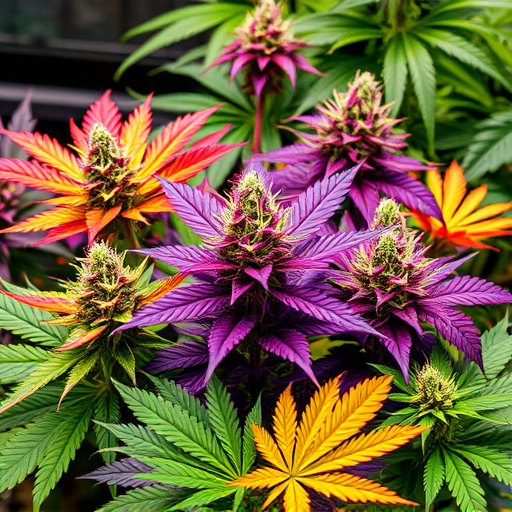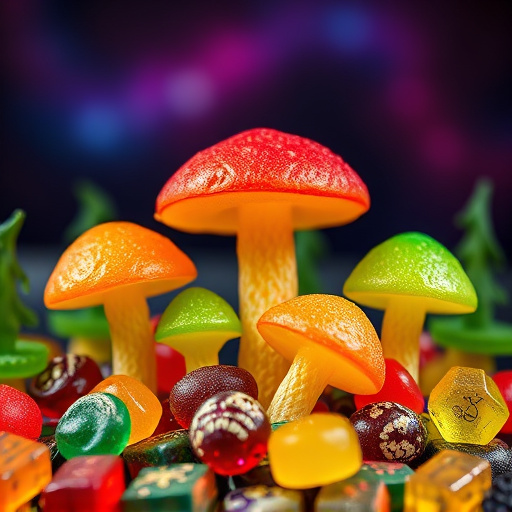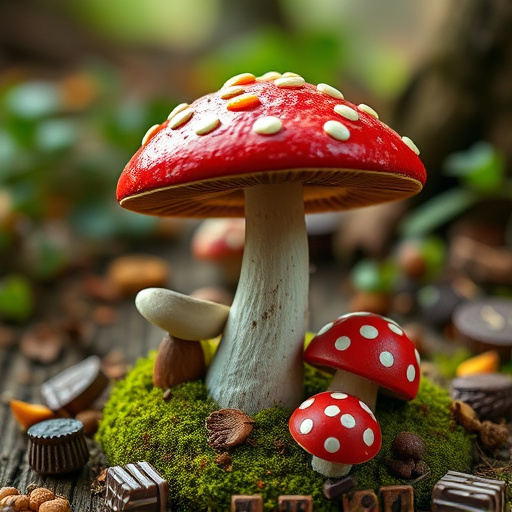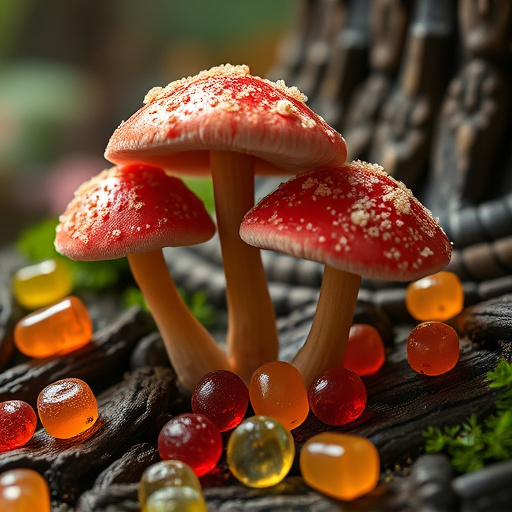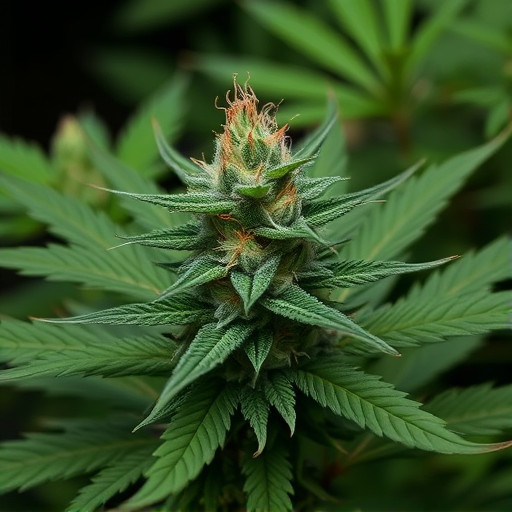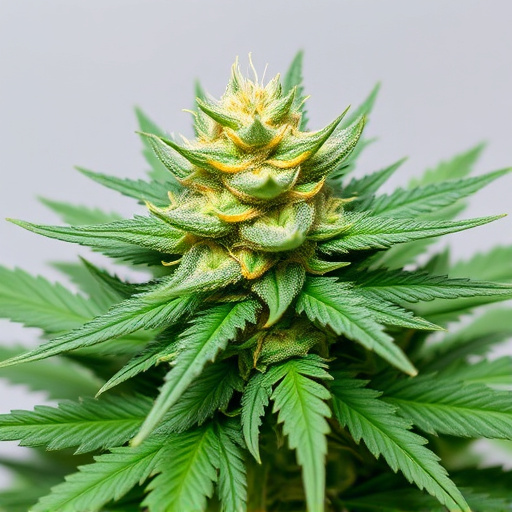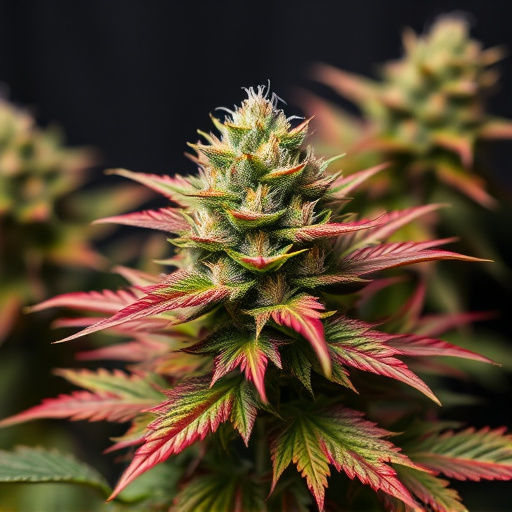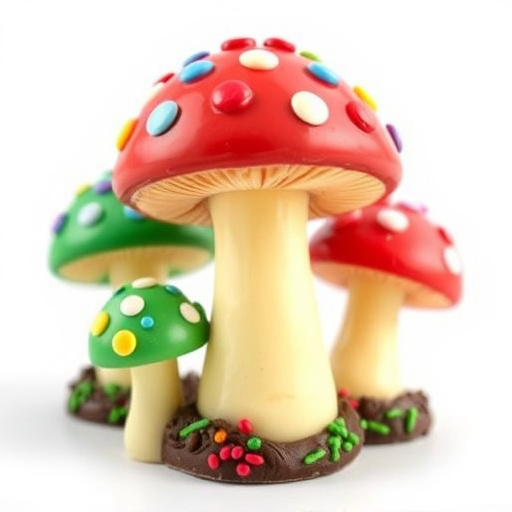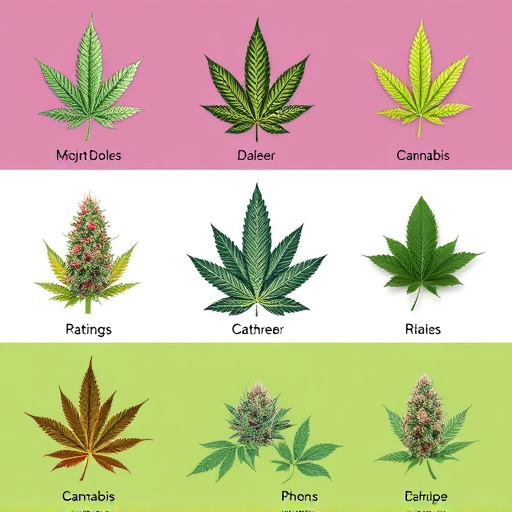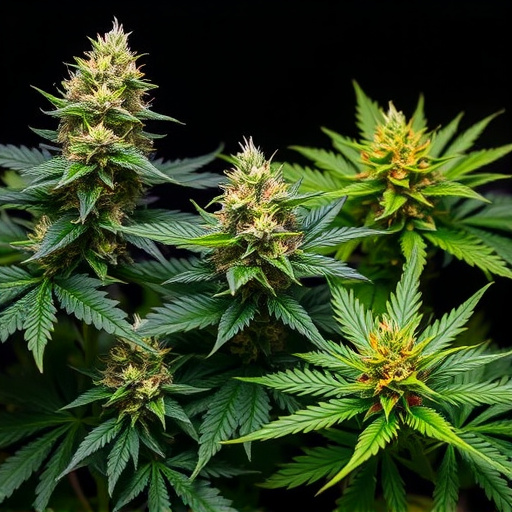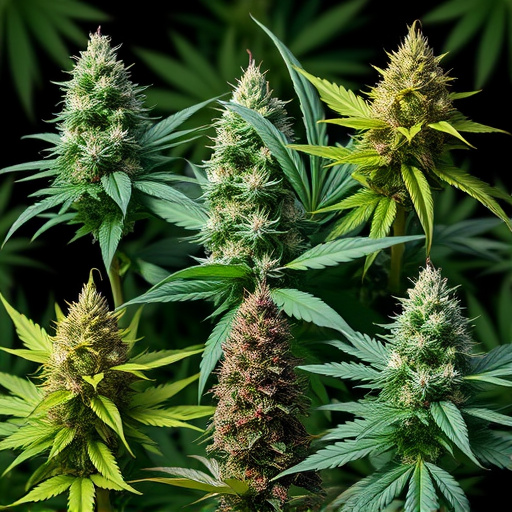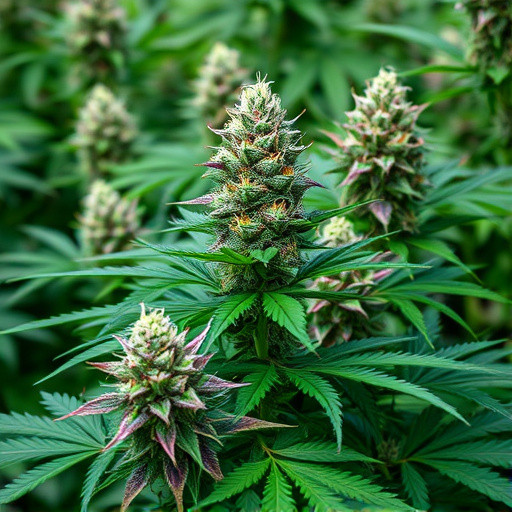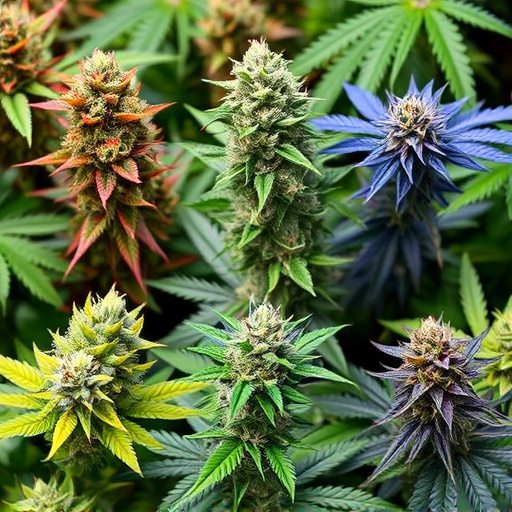Understanding different cannabis strains is key to making informed choices about grinding your weed. Each strain has a unique combination of cannabinoids like THC and CBD, as well as terpene profiles, which influence their effects. High THC strains offer relaxation or recreational use, while CBD-rich strains provide therapeutic benefits without a psychoactive high. Terpenes enhance these effects, with some strains known for energizing or calming properties. Grinding weed improves consistency and combustion, enhancing flavor and potency, but must be done properly to avoid moisture loss or powdery consistency. The ideal grind size depends on consumption method. Considering these nuances enables users to select the best preparation methods, preserving essential oils and terpenes, and enhancing the overall experience.
Should you grind your weed? In today’s diverse cannabis landscape, understanding different cannabis strains and their unique properties is key. Each strain offers distinct effects, flavors, and aromas, requiring tailored preparation methods for optimal enjoyment. This article explores the pros and cons of using a grinder for weed, delves into alternative grinding techniques, and considers strain-specific preparations to help you make an informed choice based on your preferred cannabis variety.
- Understanding Different Cannabis Strains and Their Unique Properties
- The Pros and Cons of Using a Grinder for Weed
- Alternative Methods for Grounding Cannabis and Considerations for Strain-Specific Preparation
Understanding Different Cannabis Strains and Their Unique Properties
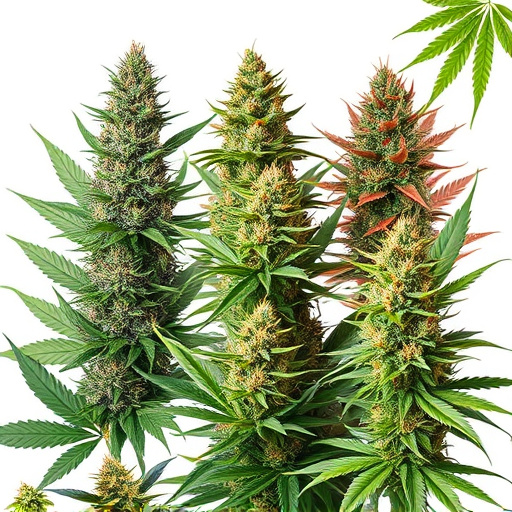
Understanding different cannabis strains is key to making an informed decision about grinding your weed or not. Cannabis plants naturally produce a diverse range of chemical compounds known as cannabinoids, with tetrahydrocannabinol (THC) and cannabidiol (CBD) being the most well-known. These compounds contribute to the unique properties and effects associated with each strain. For instance, high THC strains are often sought after for their potent intoxicating effects, ideal for evening relaxation or recreational use. In contrast, CBD-rich strains have gained popularity for their potential therapeutic benefits, such as reducing anxiety or pain, without the psychoactive high.
Different cannabis strains also vary in terms of terpene profiles—organic compounds that contribute to the plant’s aroma and flavor. Terpenes can enhance or alter the effects of cannabinoids, creating a wide spectrum of experiences. Some strains are known for their uplifting and energizing effects due to high levels of myrcene terpenes, while others with limonene terpenes may offer a more refreshing and calming experience. Knowing these variations allows consumers to choose the right strain for their desired effect, be it relaxation, energy boost, or pain relief, ultimately guiding their decision on whether to grind the weed or not.
The Pros and Cons of Using a Grinder for Weed
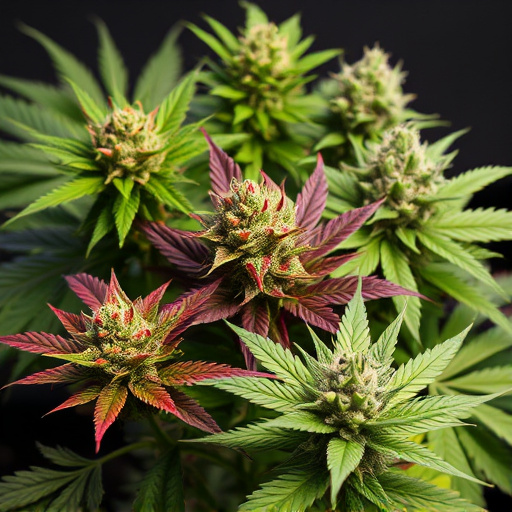
Using a grinder for weed has its advantages and disadvantages, especially when considering the diverse nature of different cannabis strains. On the pros side, grinders significantly improve the consistency of your herb. By breaking down the tough plant material into smaller particles, they allow for even combustion, enhancing flavor and potency during consumption. This is particularly beneficial for flowering varieties known for their robust aromas and complex terpene profiles.
However, there are cons to consider. Grinding can inadvertently introduce moisture if not done properly, which can lead to a less potent and less enjoyable smoking experience. Additionally, over-grinding can result in a powdery consistency that is more suitable for vaporizers than traditional smoking methods. It’s crucial to balance the desired grind size according to your preferred consumption method, whether it’s rolling joints, using a bong, or vaping with a device designed for finer ground cannabis.
Alternative Methods for Grounding Cannabis and Considerations for Strain-Specific Preparation
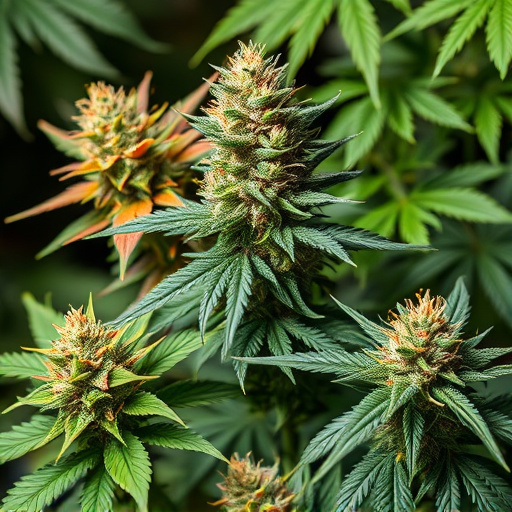
While a grinder is a popular tool for breaking down cannabis, it’s not the only way to achieve a consistent grind. Alternative methods like using a knife or a mortar and pestle can provide excellent results, especially when considering the unique needs of different cannabis strains. Each strain has varying levels of moisture content and density, which affect how easily they grind. For instance, drier strains like Sativa may require less force, while wetter Indica strains might need a more delicate touch to avoid breaking or overheating the plant material.
When preparing cannabis for consumption, understanding these nuances allows you to tailor your approach accordingly. Some methods may better preserve the essential oils and terpenes in specific strains, enhancing their flavour and potential therapeutic effects. Experimenting with different techniques enables you to uncover the optimal preparation method for each unique variety, ensuring a more personalised and enjoyable experience.
When considering whether to use a grinder for weed, understanding the unique properties of different cannabis strains is key. Each strain offers distinct flavors, effects, and terpene profiles that can be enhanced or altered by the grinding method. While grinders provide consistency in preparation, alternative methods like chopping or using specialized tools may better preserve specific strain characteristics. Ultimately, the choice depends on personal preference and the desired experience, with each approach offering its own advantages in terms of potency, aroma, and texture.
